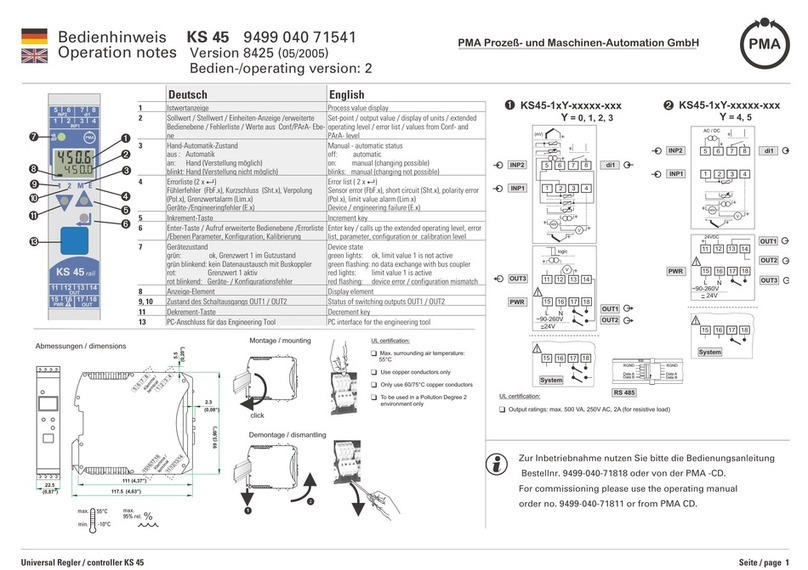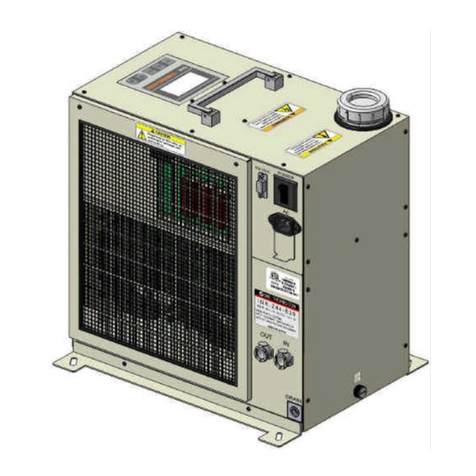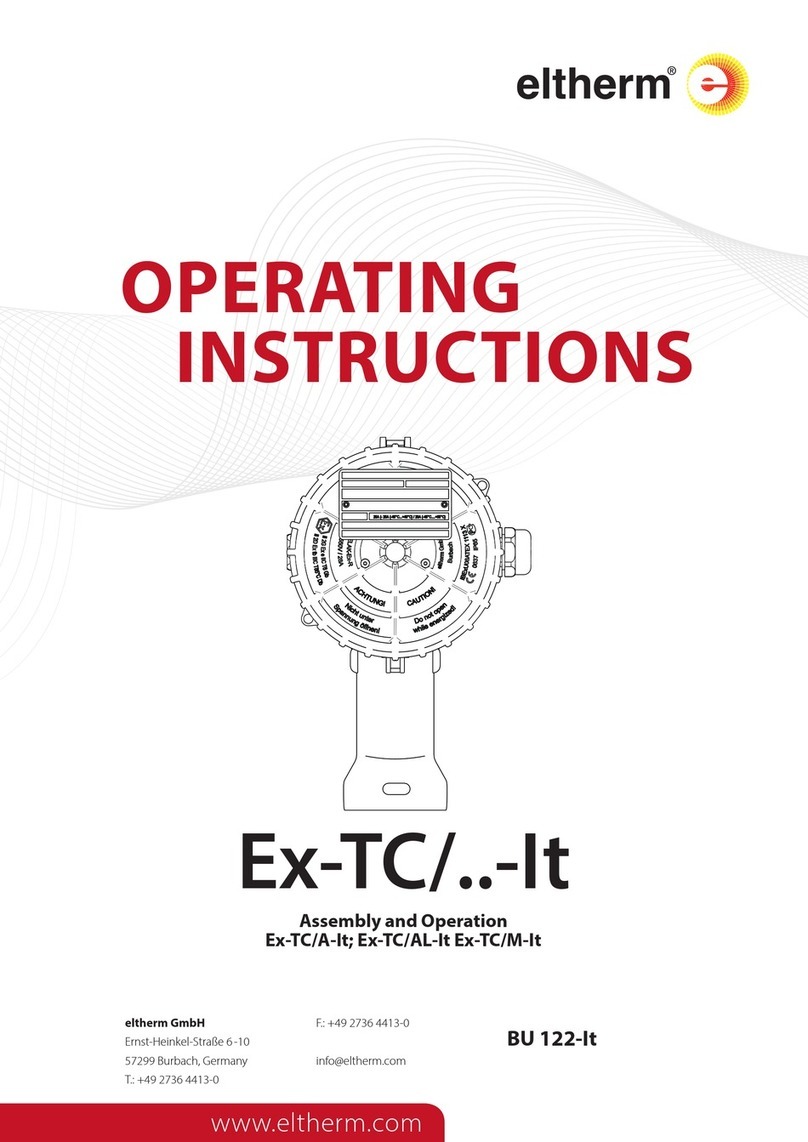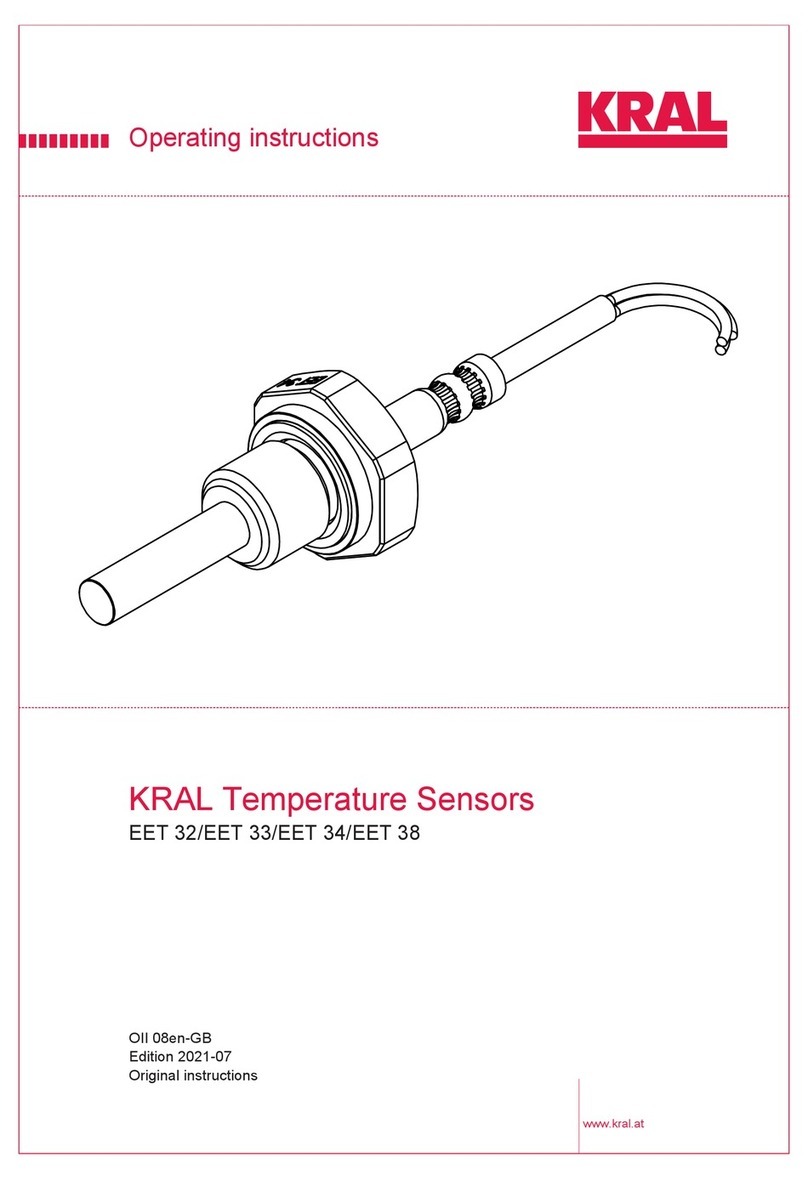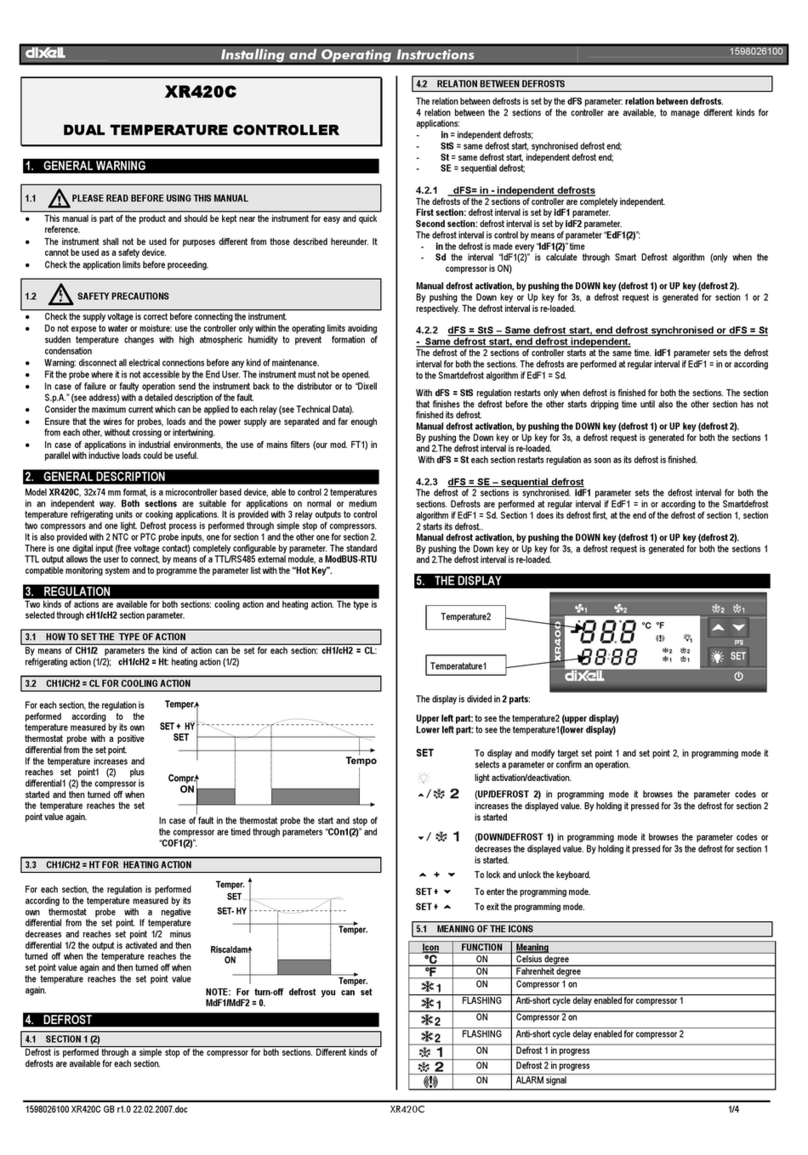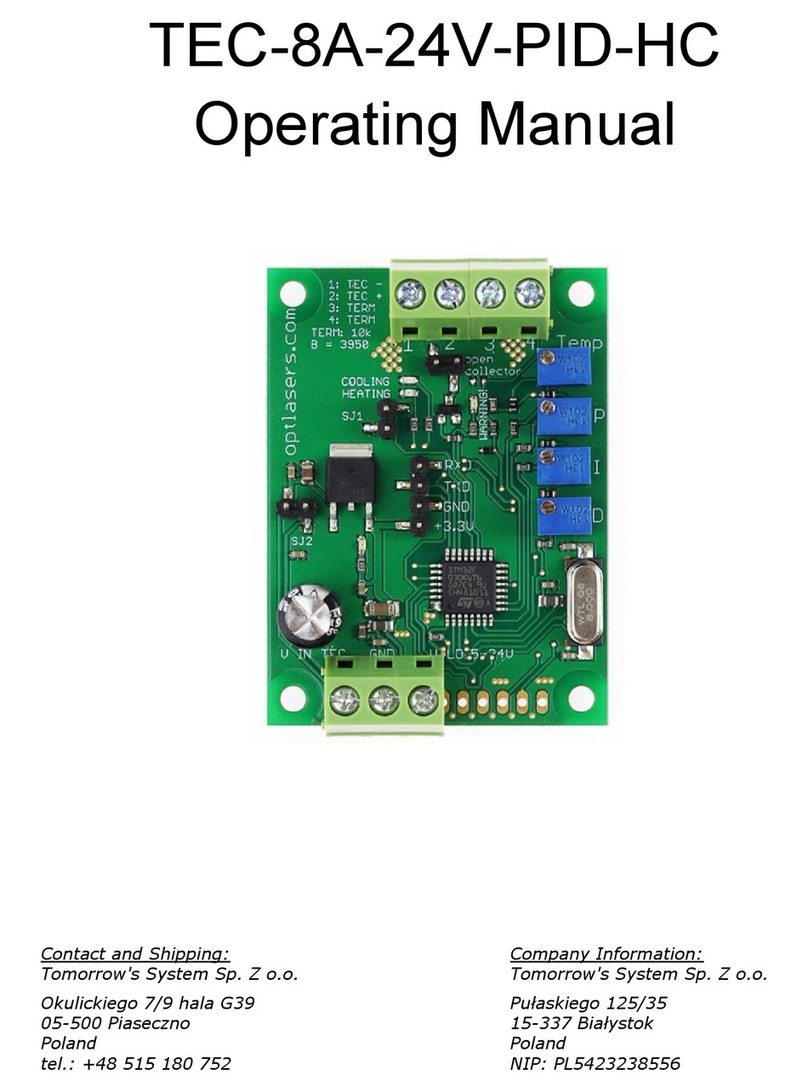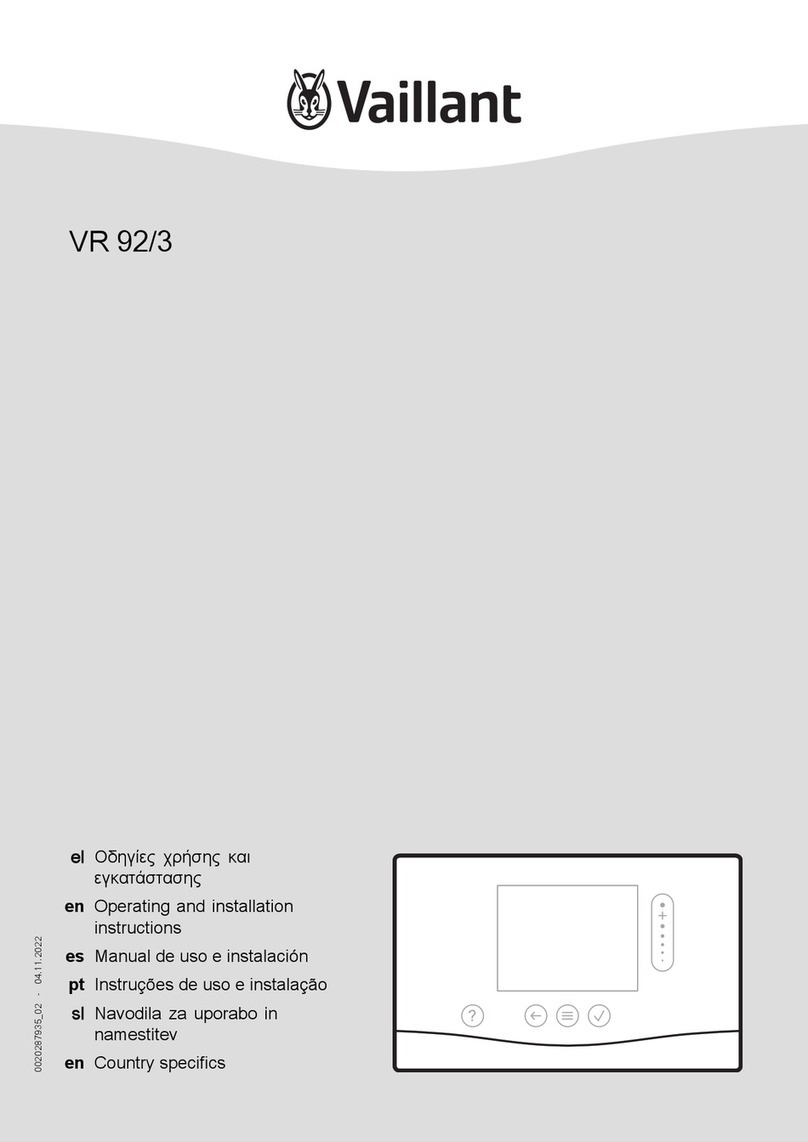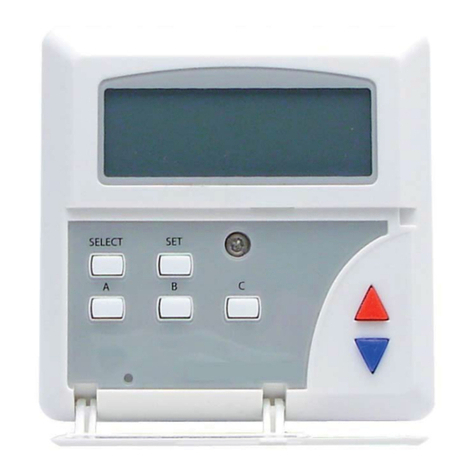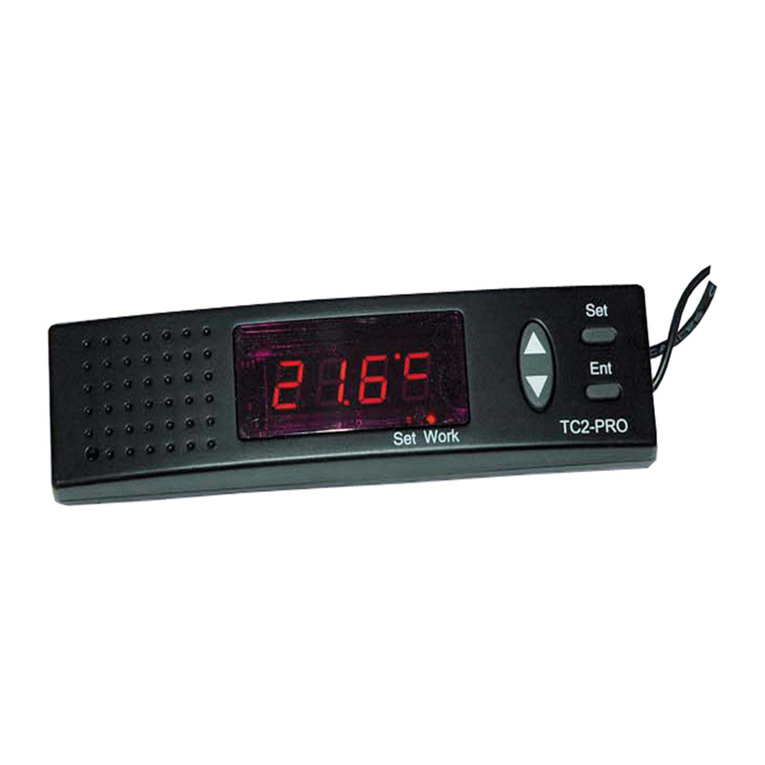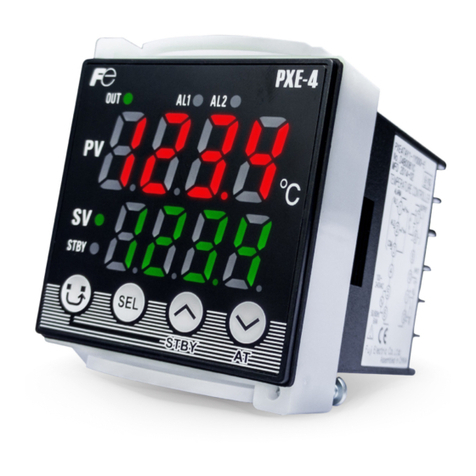Table of Contents..............................................................2
User Interface....................................................................2
Display ..............................................................................3
Symbol Description ........................................................3
Sequence of Operation ..................................................4
Section A: General ..............................................4
Section B: Setpoint ..............................................8
Section C: Outdoor Reset ....................................9
Section D: External Temperature Target ............10
Section E: External Direct Drive ........................11
Section F: Indirect Domestic Hot Water ............11
Installation ......................................................................13
Alarm Signal ..................................................................14
Testing ............................................................................15
Control (DIP Switch) Settings ........................................17
Mode 1 and 2 Setpoint & DHW Operation
Applications ........................................................18
View Menu ..........................................................19
Adjust Menu .....................................................20
Mode 3 and 4 Outdoor Reset & DHW Operation
Applications ........................................................21
View Menu ..........................................................22
Adjust Menu........................................................23
Default Settings ..................................................23
Mode 5 and 6 External Target Temperature
Applications .......................................................25
View Menu ..........................................................26
Adjust Menu........................................................27
Mode 7 External Direct Drive Operation
Applications ........................................................29
View Menu ..........................................................29
Adjust Menu........................................................30
Reload Factory Defaults ................................................30
Error Messages ............................................................31
Technical Data ..............................................................32
2 Model SF-10 Control Instructions Manual
Table of Contents
User Interface
The BTC uses a Liquid Crystal Display (LCD) as a method of supplying information. You use the LCD in order to setup and
monitor the operation of your system. The BTC uses three push buttons (Item ,) for selecting and adjusting settings. As
you program your control, record your settings in the settings column of the Adjust menu. The table is found in the second
half of this brochure.
MENU
All of the items displayed by the control are organized into two menus:
1) View
2) Adjust
These menus are listed on the upper right hand side of the display (Menu Field). The
default menu for the BTC is the View menu. While in the View menu, the VIEW segment
is displayed.
To select the Adjust menu, press and hold simultaneously all three buttons (Item ,)
for 1 second.
The display then advances to the Adjust menu and the ADJUST segment is turned on in
the display. The display will automatically revert back to the View menu after 20 seconds
of keypad inactivity. Once in a menu, there will be a group of items that can be viewed
within that menu.
ITEM
The abbreviated name of the selected item will be displayed in the item field of the display.
To view the next available item, press and release the Item button.
Once you have reached the last available item in a menu, pressing and releasing the Item
button will return the display to the first item in the selected menu.
ADJUST
To make an adjustment to a setting in the control, begin by selecting the Adjust menu
by pressing and holding simultaneously all three buttons.
Then select the desired item using the Item button. Finally, use the or button to
make the adjustment.
STATUS FIELD
Additional information can be gained by observing the Status field of the LCD. The status field will indicate which of the
control’s outputs are currently active. Symbols in the status field are only visible when the View menu is selected.


